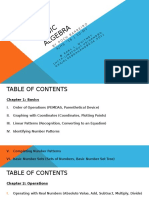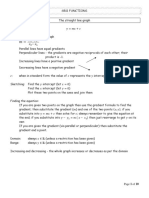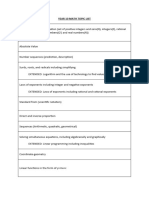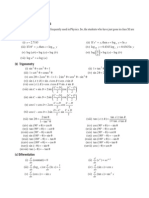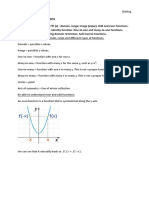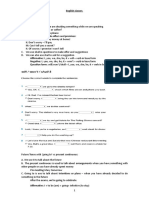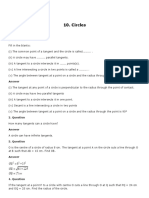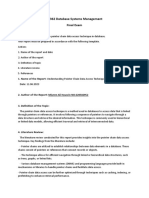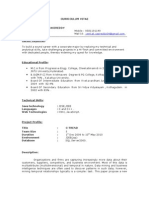0% found this document useful (0 votes)
12 views2 pagesExam 2 Study Guide
The document covers fundamental concepts in algebra, including solving linear equations and inequalities, defining functions, and graphing them. It also introduces trigonometric functions, their definitions using the unit circle, and how to graph sine, cosine, and tangent functions. Key features such as domain, range, transformations, and basic trigonometric identities are also discussed.
Uploaded by
8p4fpkmwqbCopyright
© © All Rights Reserved
We take content rights seriously. If you suspect this is your content, claim it here.
Available Formats
Download as PDF, TXT or read online on Scribd
0% found this document useful (0 votes)
12 views2 pagesExam 2 Study Guide
The document covers fundamental concepts in algebra, including solving linear equations and inequalities, defining functions, and graphing them. It also introduces trigonometric functions, their definitions using the unit circle, and how to graph sine, cosine, and tangent functions. Key features such as domain, range, transformations, and basic trigonometric identities are also discussed.
Uploaded by
8p4fpkmwqbCopyright
© © All Rights Reserved
We take content rights seriously. If you suspect this is your content, claim it here.
Available Formats
Download as PDF, TXT or read online on Scribd
/ 2








